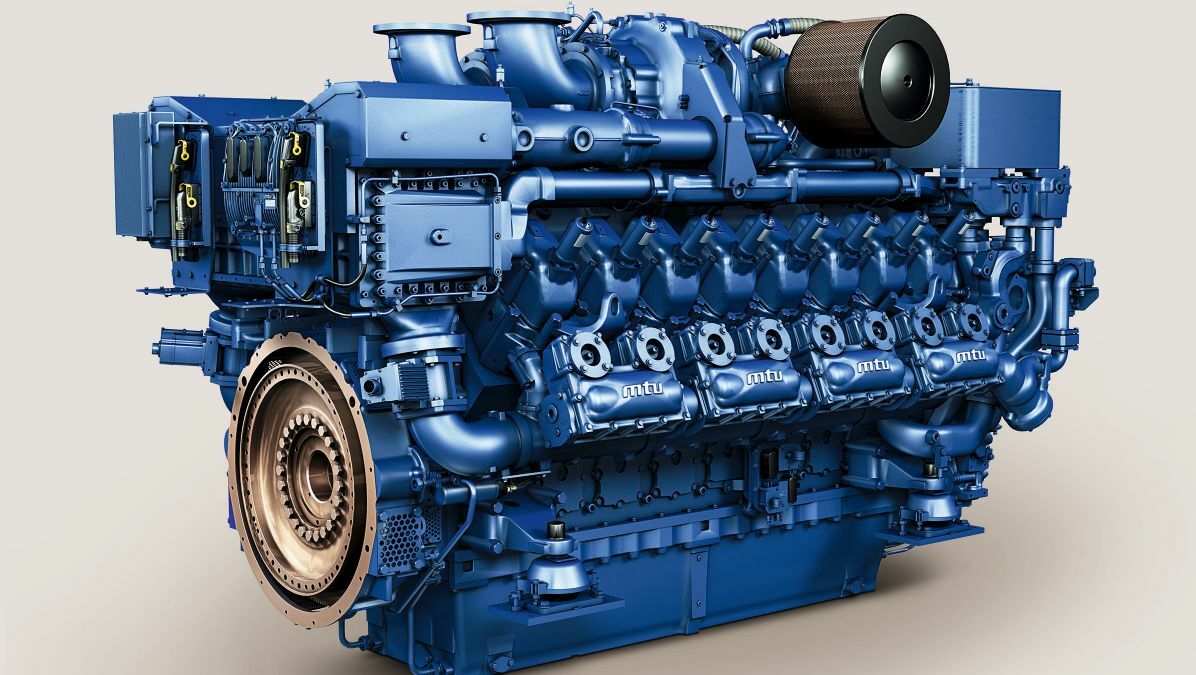The Pursuit for Ultimate Driving Power: Investigating the Pinnacle of Engine Performance and Technological Developments in the Automotive Sector
In the world of automobile engineering, the search of optimum driving power has been an unrelenting pursuit that has unravelled through the development of engine style and the integration of sophisticated innovations. From the meticulous workmanship of burning engines to the rapid improvements in electrical propulsion systems, the automobile sector stands at the cusp of a new period defined by extraordinary performance capacities.
Evolution of Engine Design

Moreover, the combination of turbocharging and turbo charging innovations has changed engine style by boosting power without substantially enhancing engine size. These forced induction systems compress the consumption air, enabling even more fuel to be ignited, therefore producing greater power outcome from a smaller engine. This innovation has actually been particularly critical in enhancing the performance of smaller sized variation engines while maintaining fuel effectiveness requirements.

Performance-Enhancing Fuel Technologies
The application of sophisticated fuel innovations has considerably added to enhancing engine performance in modern-day cars. Biofuels, obtained from renewable resources like sugarcane, algae, or corn, deal lowered exhausts and improved engine efficiency. Additionally, fuel additives and detergents are being created to tidy engine parts, optimize combustion, and minimize rubbing, thus increasing overall car performance.
Developments in Electric Propulsion
Considerable strides in electrical propulsion technology have revolutionized the vehicle industry, paving the way for a new era of sustainable and effective transportation. Electric automobiles (EVs) are obtaining appeal due to their environmental benefits and improvements in battery modern technology, enabling longer driving varieties and much shorter charging times. Suppliers are spending heavily in study and growth to improve the efficiency of electrical propulsion systems, concentrating on enhancing power result, boosting energy efficiency, and decreasing general weight.
One notable advancement in electric propulsion is the growth of sophisticated electric motors that deliver greater torque and power density, resulting in boosted velocity and general driving performance. Additionally, regenerative stopping systems have been refined to store and capture power throughout slowdown, additional enhancing the efficiency of EVs.
Furthermore, the assimilation of smart modern technologies, such as expert system and anticipating analytics, is maximizing the monitoring of electrical propulsion systems, making certain ideal performance under numerous driving this content problems. These innovations in electric propulsion are reshaping the vehicle landscape, driving the market in the direction of an extra sustainable and energized future.
Effect of Computational Fluid Characteristics
With advancements in electrical propulsion pressing the limits of auto innovation, the assimilation of Computational Fluid Dynamics is playing a crucial role in maximizing aerodynamic performance and boosting overall effectiveness in automobile design. Computational Liquid Characteristics (CFD) entails making use of computer system simulations to evaluate the circulation of air around a vehicle, allowing designers to forecast how style adjustments will affect the rules of aerodynamics without the requirement for pricey physical prototypes. By accurately modeling air flow patterns, CFD permits the refinement of vehicle forms to decrease drag, boost cooling, and boost stability.
CFD makes it possible for engineers to enhance air flow around elements such as radiators, engine bays, and wheel wells, adding to enhanced efficiency and general driving experience. In final thought, the combination of Computational Fluid Dynamics represents a substantial action onward in the quest for ultimate driving power and efficiency in the automotive sector.
Future Fads in Engine Advancement
In the dynamic landscape of vehicle design, advanced developments are shaping the future trajectory of engine development. The future of engine style is marked by a solid emphasis on sustainability, performance, and efficiency. Makers are increasingly concentrating on developing engines that not just supply high power outputs yet also focus on environmental duty by enhancing and reducing discharges fuel performance.
One famous fad in engine development is the rise of electrification. Crossbreed and electrical powertrains are obtaining traction as feasible alternatives to standard combustion engines. These modern technologies offer the capacity for considerable decreases in carbon emissions and enhanced power performance, aligning with worldwide initiatives to combat climate adjustment.
Moreover, improvements in materials scientific research and manufacturing methods are enabling the try these out manufacturing of lighter and more sturdy engine parts. This change towards lightweight materials such as carbon fiber and light weight aluminum alloys contributes to enhanced efficiency and gas economic climate.
Verdict
Finally, the pursuit of utmost driving power in the automotive industry remains to drive developments in engine design, fuel innovations, electrical propulsion, and computational liquid dynamics. The development of these modern technologies is forming the future of engine development, leading the way for extra effective and efficient automobiles (engines for africa). As the industry continues to push the boundaries of what is possible, we can expect to see much more innovative growths in the quest for peak click over here efficiency
One of the key turning points in engine design development is the shift from conventional carbureted engines to contemporary fuel-injected systems. By precisely metering the gas shipment to each cylinder, fuel-injected engines maximize burning, resulting in much better performance and lowered environmental impact.
In addition, the assimilation of turbocharging and supercharging technologies has changed engine style by improving power without substantially boosting engine dimension (engines for africa).The execution of innovative gas modern technologies has considerably added to enhancing engine efficiency in modern lorries. Additionally, gas additives and cleaning agents are being formulated to tidy engine components, maximize combustion, and lower rubbing, thereby enhancing general vehicle efficiency